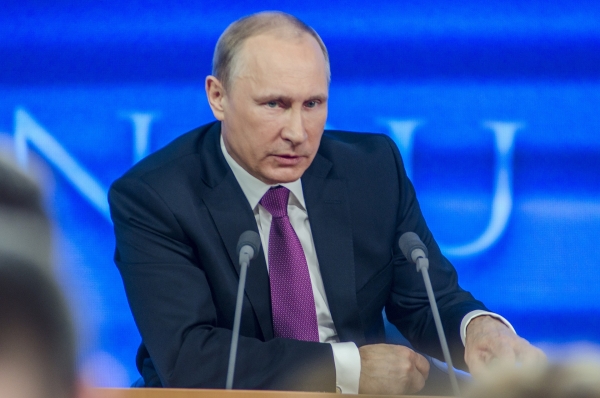Since 2007, Russia has suspended its membership to the CFE, the Treaty on Conventional Armed Forces in Europe, and has started a massive rearmament policy. The CFE was signed in 1990 by six Warsaw Pact countries and sixteen NATO members, including the Soviet Union and the United States. The agreement limits the amount of conventional weapons deployed in Europe, establishing a total ceiling of 20,000 tanks, of which no more than 16,500 in active units, 30,000 combat vehicles, of which no more than 27,300 in active units, 20,000 artillery pieces, of which no more than 17,000 in active units, 6800 combat aircraft and 2,000 attack helicopters. These figures are to be taken into account for the entire region covered by the treaty; each signatory country has its own specific quota that it is not allowed to go above.
The nature itself of the Treaty and the geopolitical scenario that developed over the past ten years were significant factors in Russia's decision to postpone its ratification in July 2007. Since the 1990s, due to NATO's gradual eastward expansion, Russia has found itself without the support of the buffer states represented by the Warsaw Pact countries. Thus President Putin decided to withdraw from the treaty and begin reorganizing and deploying his armed forces. Moreover, Moscow declared that the Treaty “no longer corresponds to contemporary realities and Russia's security interests”, alluding to the fact that NATO nations have not ratified the Treaty's updating, which tended to adapt the convention's provisions to the reality after the dissolution of the Soviet Union.
Recently, Putin started the parliamentary processes for the official withdrawal from the CFE. International observers argue that Moscow's final withdrawal from the CFE increases the likelihood of a nuclear conflict, not least because the announcement followed Russia's further decision to unilaterally suspend the New Start, namely the Strategic Arms Reduction Treaty. The aim of the latter is to limit the nuclear weapons held by the US and Russia, and it was renewed for another five years in February 2021; following the Russian decision, it will therefore expire in 2026. A crucial component of New Start is that each state can verify that its counterpart is acting in accordance with the terms of the agreement, and it is precisely on this component that Putin based his announcement of suspension. According to the Russian president, NATO is under the effective direction of the United States, and being actively involved in the conflict in Ukraine, he doesn’t want it to be allowed to conduct the inspections of Russian atomic weapons required by the agreement.
Overall, in the context of both the conflict in Ukraine and the newest military technologies developed by Russia, Moscow’'s decisions are seen as extremely concerning.
To read more, please visit:
by Chiara Cacciatore







